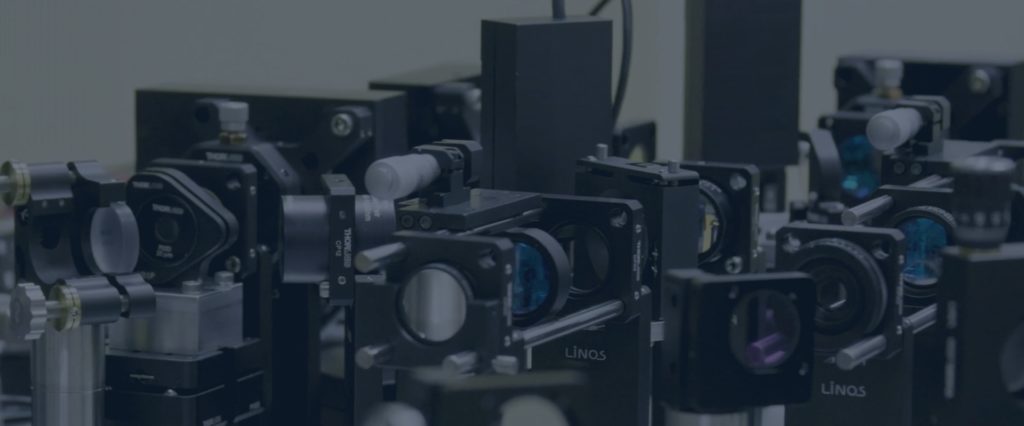
Boston Micromachines has been awarded US$ 1.2M in contracts by NASA’s Small Business Innovation Research Program (SBIR) to support space-based astronomy research. Now, one might wonder, considering this is astronomy, “why is anyone spending any money to develop deformable mirrors for use in space telescopes looking out at the stars? I thought that deformable mirrors were used to remove aberrations introduced by the atmosphere. There’s no atmosphere up there!”
Well, you’d be right: There is no atmosphere up there. But, there are aberrations: In the optical system. When systems are designed, none of them are completely perfectly aligned. There’s no such thing. But, when you’re looking for planets around stars in other galaxies, you need things to be well aligned. VERY well aligned. So, to compensate for any misalignments introduced either during transit to space or thermal variations in the instrument, you can use a deformable mirror as part of an adaptive optics system. So, for this, we are designing a 1021 segment (3063 actuator), tip-tilt-piston deformable mirror. It is the largest ever designed of this type and is expected to be used as part of a coronagraph telescope for exo-planet research.
Two other things to worry about are power and weight. In satellites, there is a very limited amount of power, and the weight greatly affects the cost to put the satellite into orbit. In terms of the mirror, MEMS has that taken care of: The power is extremely low and the weight is many orders of magnitude lower than traditional piezo-electric-based mirrors. So, the other half of the equation is the drive electronics. As part of this research, BMC is designing multiplexed drive electronics which will reduce the size and weight significantly and lower the power even further.
You put the two parts together, mirror hardware and drive electronics, and you have a low-cost, low-power, lightweight solution for the most cutting edge astronomy research going on right now.
If you have any questions, please contact me directly: I would be happy to talk about these products or refer you to the folks who are attacking this challenging problem.
(Image credit: A giant Hubble mosaic of the Crab Nebula, a supernova remnant)
Check more
Related Articles

Defense TechConnect Conference and Expo: Fun in the Sun with the MRR
Last week I was fortunate enough to be able to parade BMC’s Modulating RetroReflector (MRR) in front of multiple audiences affiliated with the Defense community at the Defense TechConnect (DTC) Conference and Expo in Tampa, Florida.
# Applied Adaptive Optics 11.01.2018
Read more
MiFoBio 2018: AO Microscopy in Action
Recently, Boston Micromachines sponsored MiFoBio (Functional Microscopy in Biology), an event that brought together the microscopy community, academics and professionals alike, to attend courses and workshops that explored the understanding and current trends of biological imaging.
# Applied Adaptive Optics 10.16.2018
Read more
